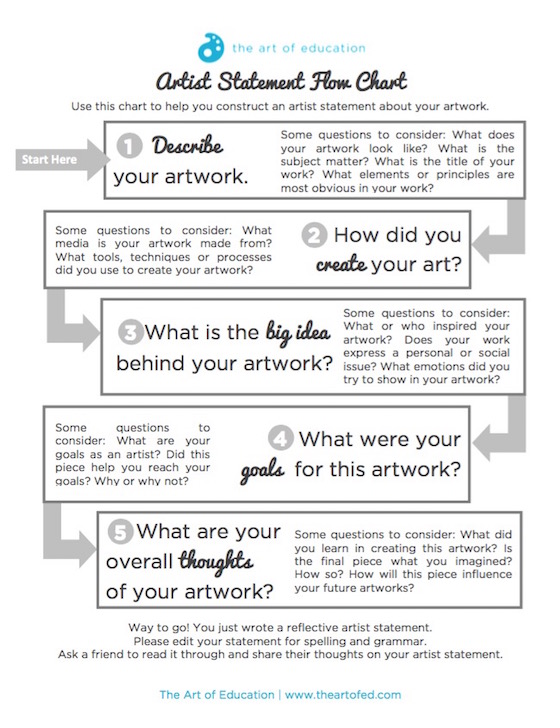Top tips to applicants from the Scholarship Selection Committee:
1. Pay attention to details.
Your video submissions should always be recorded horizontally, do your best with lighting, and whenever possible remove any distracting items in the background.
Make sure you acknowledge accompanists, choreographers, composers, directors, etc. in your Portfolio Index.
Have someone look over your application to spot any spelling or punctuation errors.
2. Write a clear and concise Artist Statement.
This is where the Committee gets to learn about you, your art, and what inspires or motivates you. It is a big challenge for many artists to turn the spotlight on themselves, but remember: the people reviewing your application WANT to know about you and connect with you as an artist.
Here are some tips for crafting a compelling artist statement:
Keep it concise: An artist statement should be brief and to the point, typically no more than a few paragraphs. Avoid using jargon or overly technical language, and focus on conveying your ideas in a clear and concise manner.
Be authentic: Your artist statement should reflect your genuine voice and perspective. Don't try to sound like someone else, or use language that feels inauthentic or forced.
Focus on your inspiration and process: An artist statement is an opportunity to share the stories, experiences, and concepts that inspire your work. It should also provide insight into your creative process, including the materials, techniques, and methods you use to create your art.
Explain the meaning behind your work: An artist statement should provide context for your artwork and explain the deeper meanings or themes that you are exploring.
Tell us how your chosen study/training/development opportunity will benefit you as an artist. Explain your goals and what specific skills and/or projects you will be working on.
Edit and revise: Like any writing, an artist statement should be edited and revised to ensure that it is clear, concise, and well-written. Consider asking your instructor, mentor, or friend to review your statement and provide feedback.
3. Refine your Artist Resume.
Keep your resume up-to-date and try to keep it to two pages. If you are senior-level artist, you do not need to include your junior-level experiences in great detail. Ensure you acknowledge instructors, choreographers, composers, mentors, etc that you have worked or collaborated with.
Some tips in writing a strong Artist Resume:
Use a clear and simple format: Keep the design and layout of your resume clear and straightforward. Use standard fonts and make sure that the information is presented in a logical order.
Highlight your achievements: Focus on your accomplishments and awards in your resume. Mention any exhibitions, shows, or competitions where your work has been featured.
Include your education and training: Mention your educational background, including any degrees, certifications, or workshops that you have completed.
Showcase your skills and techniques: Highlight your artistic skills and techniques that make you unique. Mention any mediums you work with or specialized techniques you employ.
Keep it concise: Keep your resume concise and to the point. Avoid using overly technical language or jargon that may not be familiar to the reader.
We are here to support you! If you need help with your artist statement or any part of your application, reach out to us.
~~~~~~~~~~~~~~~~~~~~~~~~~~~~~~
Want to hear more about the Talent Trust? Please sign up for our newsletter.
Want to support the next generation of Nova Scotian artists? Donate today!



No comments:
Post a Comment